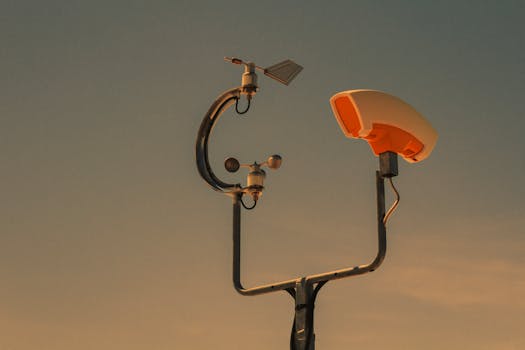
How Satellites Monitor Climate Change and Environmental Shifts
Satellites monitor climate change and environmental shifts by providing a unique perspective on the Earth’s systems and processes. With the ability to collect data on a global scale, satellites have become an essential tool for scientists, researchers, and policymakers to understand and address the complex issues surrounding climate change and environmental degradation.
Satellites monitor climate change and environmental shifts through various sensors and instruments that measure a range of parameters, including temperature, sea level rise, ice sheet melting, deforestation, and ocean currents. This data is then used to create detailed maps and models of the Earth’s systems, allowing scientists to track changes over time and identify trends and patterns.
Types of Satellites Used for Climate Change Monitoring
There are several types of satellites used for climate change monitoring, each with its own specific capabilities and applications. These include weather satellites, which provide data on atmospheric conditions and weather patterns; Earth observation satellites, which collect data on land use, land cover, and ocean currents; and remote sensing satellites, which use specialized sensors to collect data on specific parameters such as temperature, humidity, and atmospheric gases.
One example of a satellite used for climate change monitoring is the NASA Earth Observing System (EOS), which consists of a series of satellites designed to collect data on the Earth’s systems and processes. The EOS satellites use a range of instruments, including cameras, spectrometers, and radar, to collect data on parameters such as sea level rise, ice sheet melting, and deforestation.
Applications of Satellite Data in Climate Change Monitoring
Satellite data has a wide range of applications in climate change monitoring, from tracking changes in the Earth’s systems and processes to informing policy and decision-making. Some of the key applications of satellite data include monitoring sea level rise and ice sheet melting, tracking deforestation and land use change, and predicting weather patterns and extreme weather events.
Satellite data is also used to study the impacts of climate change on ecosystems and human societies, including changes in ocean currents, sea surface temperature, and atmospheric circulation patterns. This information is essential for developing effective strategies for mitigating and adapting to the impacts of climate change.
Conclusion
In conclusion, satellites play a vital role in monitoring climate change and environmental shifts, providing valuable data and insights to help us understand and address these global issues. With the ability to collect data on a global scale, satellites have become an essential tool for scientists, researchers, and policymakers to track changes in the Earth’s systems and processes, and to develop effective strategies for mitigating and adapting to the impacts of climate change.

